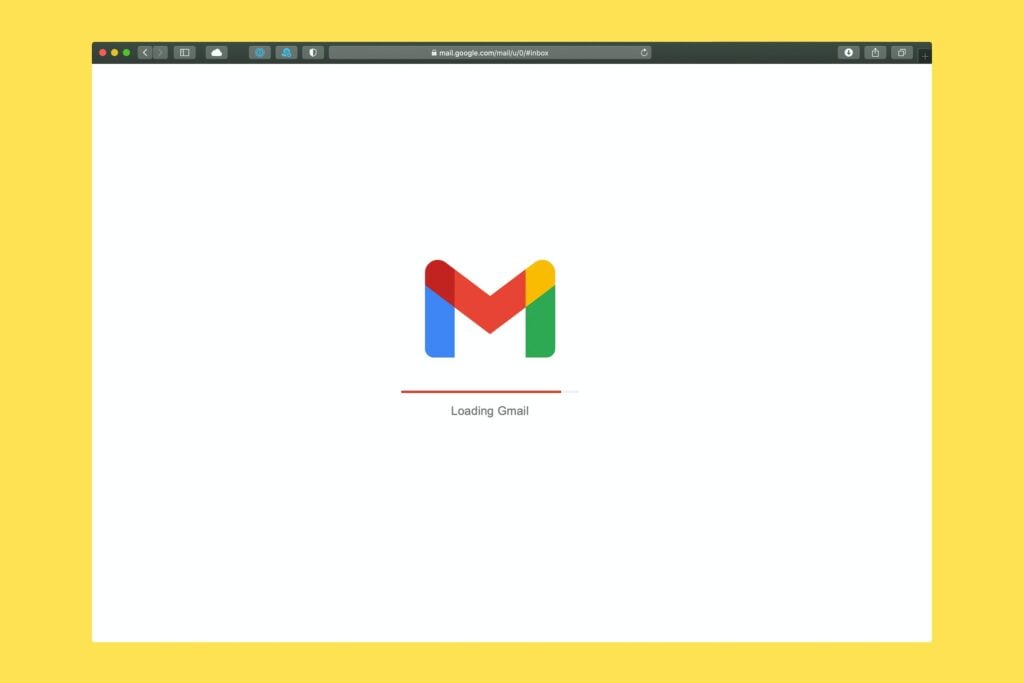Ah, the ancient art of electronic mail! We’re here to answer a question that’s been burning in your mind since your first encounter with email: What does CC mean in emails, and why is it so goddamn important?
This small, unassuming acronym has subtly shaped our professional and personal communications, often leaving a trail of confusion in its wake. If ‘CC’ were a person, it would be that mysterious stranger at a party, the one everyone wants to know but nobody really understands. Intriguing, isn’t it?

What does CC Mean in Emails:
Now, hold your horses before you whip out Google and dive into the murky waters of the Internet in search of answers. Relax. Kick back. I’ve got you covered.
You see, ‘CC’ is not some high-tech, futuristic term born in the Silicon Valley labs. Nope. It’s the tech world equivalent of vintage wine; its roots buried deep in the bygone era of snail mail. That’s right; the term ‘CC’ stands for ‘Carbon Copy,’ a nod to the pre-digital age practice of using carbon paper to make copies of letters.
Imagine the glory days of Mad Men. Don Draper, cigarette in hand, diligently typing away on his typewriter. He slips in a sheet of carbon paper between two sheets of letter paper. And voila! As he types, a copy of his genius is simultaneously being created. That’s CC in action, my friend, right there. Pure analogue magic.
The Power of CC: It’s All in Your Hands
When you use ‘CC’ in an email, you’re replicating this bygone era practice digitally. With one simple click, you can send multiple recipients a copy of your email. You might be thinking, “Okay, cool, but why should I care? Why not just add more people to the ‘To’ field?”
Well, dear reader, here’s where the beauty and subtlety of ‘CC’ shine. Sure, you could dump all your recipients in the ‘To’ field, but ‘CC’ offers nuance. It’s like the difference between shouting in a crowded room and whispering in someone’s ear. They both communicate a message, but how it’s delivered sets a different tone and expectation.
‘CC’ signals that the recipients are not directly addressed or responsible for acting upon the email’s content. They’re merely invited to be in the loop, to be informed. They’re the spectators, not the players, in your email game.
Remember this: ‘CC’ is not a weapon; it’s a tool. It’s there to create clarity, not chaos. But it can turn into an annoying spam machine in the wrong hands. Always ask yourself, does this person need to see this email? Or am I just flooding their inbox because I can?
“CC’ing is like love: use it wisely, or it loses its meaning.” – Anonymous Office Guru
You may laugh, but there’s a profound truth hidden in this office adage. Overuse ‘CC’, and you risk becoming the office nuisance, the person whose emails are as welcome as a wet dog at a white carpet convention. But use it wisely, and you become the maestro of efficient communication.
A Few Handy Tips on CC Usage: Don’t Be ‘That Guy
Never ‘CC’ everyone just for the hell of it. No one likes a CC spammer. It’s a quick way to lose the respect of your colleagues, faster than microwaving fish in the office kitchen.
- When in doubt, ask. Just ask if you’re unsure whether someone needs to be ‘CC’ed. They might appreciate the heads up or thank you for not adding to their overflowing inbox. Communication—it’s not rocket science!
- Remember the hierarchy. If you’re ‘CC’ing someone’s superior, be aware that it can be interpreted as tattling. Use this power responsibly.
- Double-check before hitting ‘reply all.’ We all know the horror stories of someone accidentally ‘replying all’ to a ‘CC’ed email. Save your jokes, rants, and sensitive comments for private emails or, better yet, in-person chats.
The ‘CC’ Paradox: Power and Pitfalls
So, here we are, deep in the throes of ‘CC’—an acronym so powerful yet so simple that it can both streamline communication and wreak havoc in equal measure. It’s like a double-edged sword, capable of slicing through the Gordian knot of office communication or stabbing you in the foot if you’re not careful.
And isn’t that just a delicious paradox? Here we are, in the era of AI and quantum computing, and we’re grappling with a concept birthed from carbon paper and typewriters. It’s a humbling reminder that no matter how far we’ve come, the basics of effective communication remain the same.
‘CC’ in Emails: Frequently Asked Questions:
When should I use ‘CC’ in an email?
Use ‘CC’ when you want to keep someone in the loop, but they are not directly responsible for acting upon the content of the email.
Is it rude to ‘CC’ someone’s boss?
It can be, depending on the context. If it’s used to tattle, it’s considered unprofessional. But if it’s used to keep relevant parties informed, it’s acceptable. Always consider the implications before ‘CC’ing someone’s superior.
Final Words:
So there you have it! A deep dive into what ‘CC’ means in emails. But let’s not forget that it’s just a tool at the end of the day. And like any tool, it’s not about the tool itself, but how you use it that matters. So go forth, armed with your newfound knowledge, and wield your ‘CC’ power wisely.




